Hot, cheesy, pull apart pizza rolls fresh from the oven are a treat no one can resist. The aroma of melted mozzarella, tangy tomato sauce, and soft sourdough bread will have everyone reaching for more. This guide walks you through every step, from making the perfect dough to solving common baking problems, so you can enjoy bakery quality rolls at home. With side by side baking method comparisons and a variety of dipping sauce ideas, you will have everything you need to make these rolls the star of your table.
Table of Contents
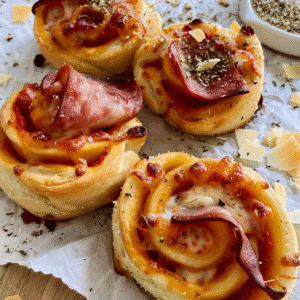
Sourdough Pizza Rolls
Ingredients
Dough
- 1 cup active sourdough starter at peak activity
- 1 cup water filtered or spring water preferred
- 3.5 cups all-purpose flour can substitute with bread flour
- 2 tsp salt
Filling
- 1 cup pizza sauce thick sauce preferred to avoid sogginess
- 2 cups grated mozzarella cheese low-moisture preferred
- 1 cup sliced pepperoni or substitute with cooked sausage, Chicken Ham, mushrooms, or roasted vegetables
Instructions
- Combine all dough ingredients in a large mixing bowl until a shaggy mass forms. Cover and let rest for 2 hours at room temperature.
- Wet your hands and perform one set of pulls and folds: lift and fold each side toward the center. Cover and rest for 1 hour.
- Repeat two more sets of pulls and folds, resting 1 hour between each set. Cover after each set.
- Allow the dough to ferment overnight for 8–10 hours at room temperature (64–68°F / 18–20°C).
- In the morning, chill the dough in the refrigerator for at least 1 hour.
- Preheat the oven to 400°F (200°C) convection or 425°F (220°C) conventional, or prepare for a cold start.
- Oil your work surface and stretch the dough into an 18×12 inch (45×30 cm) rectangle.
- Spread a thin layer of pizza sauce, sprinkle mozzarella, and top with pepperoni. Leave a small border on one long edge.
- Roll the dough from the long side into a tight log. Slice into 12 equal pieces and place in a greased muffin tin.
- Bake in preheated oven for 30–35 minutes or in cold oven for 40–45 minutes, until golden brown and cooked through.
- Transfer rolls to a wire rack to cool slightly before serving.
Notes
Why You’ll Love This Recipe
- All-In-One Recipe: Everything is here, including the dough instructions, so you do not need to search anywhere else.
- Foolproof Video Guide: Watch step-by-step shaping and sealing so your rolls bake without leaking.
- Customizable Texture: Learn how to bake them on a sheet pan, in a muffin tin, or as pull-apart rolls in a skillet for different results.
- Troubleshooting Included: Common problems are answered before you even start, saving you time and frustration.
Ingredients & Equipment
Ingredients
- Active sourdough starter
This is the natural leavening agent for the dough. It contains wild yeast and beneficial bacteria that create a distinct tangy flavor while producing the gases needed for the dough to rise. If you prefer a slightly denser texture, you can use sourdough discard instead. The rolls will still bake well but will not rise as much. For best results, use a starter that has doubled in size and is at its peak activity. - Water
Water hydrates the flour, allowing gluten strands to form, which gives the dough structure and elasticity. Use filtered or spring water if possible, as chlorine in tap water can slow or weaken yeast activity. The temperature of the water affects fermentation speed; cooler water will slow the process, while warmer water will speed it up. - All purpose flour
This flour creates a balance between tenderness and strength, resulting in a soft yet slightly chewy crumb. If you want more chew, you can substitute with bread flour, which has a higher protein content. Always measure by weight using a kitchen scale to avoid adding too much flour, which can make the rolls dense. - Salt
Salt not only enhances flavor but also strengthens the gluten network, making the dough more elastic. It also helps regulate fermentation by slowing down yeast activity, preventing the dough from overproofing. Without enough salt, the dough can become overly sticky and ferment too quickly. - Filling: pizza sauce, grated mozzarella cheese, and pepperoni
Pizza sauce provides moisture, acidity, and seasoning. Use a thicker sauce to avoid soggy rolls. Mozzarella melts beautifully and adds a creamy, rich texture. Low-moisture mozzarella is ideal to prevent excess liquid in the dough. Pepperoni adds a salty, savory note and a bit of spice. You can replace it with cooked sausage, Chicken Ham, mushrooms, or roasted vegetables for variety.
Equipment
- Large mixing bowl
This is used for combining ingredients and fermenting the dough. A clear or straight-sided bowl makes it easier to track how much the dough has risen. - Rolling pin
A rolling pin helps flatten the dough evenly, which ensures the rolls bake uniformly. If you do not have one, you can use a clean bottle or your hands, although the results may be less precise. - Baking vessel: muffin tin, cast iron skillet, or baking sheet
Each option gives a different texture. A muffin tin produces evenly shaped rolls with defined edges. A cast iron skillet creates pull-apart rolls with soft sides. A baking sheet allows for crisp edges all around. - Pastry brush
This is useful for applying egg wash before baking for a glossy finish or brushing with garlic butter afterward for extra flavor. - Sharp knife or bread knife
A sharp knife ensures clean cuts when portioning the dough, preserving the shape and layers. A dull knife can squash the rolls and cause uneven baking. - Kitchen scale
Essential for precise ingredient measurement. In sourdough baking, accuracy directly affects dough hydration, fermentation, and final texture.
How to Make Sourdough Pizza Rolls: A Step-by-Step Guide
- Mix the dough in the evening
Combine all dough ingredients in a large mixing bowl until they come together into a shaggy mass. This early mixing allows the flour to fully hydrate and gives the natural yeast time to begin fermentation. Hydration at this stage is key for proper gluten development later. Cover the bowl and let it rest at room temperature for about 2 hours. - First set of pulls and folds
Wet your hands to prevent sticking. Gently lift one side of the dough, fold it toward the center, and press it down. Repeat on all four sides. This method strengthens the gluten network without overworking the dough, helping it hold gas bubbles for better rise. Cover and rest for 1 hour. - Additional pulls and folds
Perform two more sets of pulls and folds, with one-hour rests in between. Each set builds more strength in the dough, improves elasticity, and evenly distributes fermentation gases. Cover after each set to prevent the surface from drying out. - Overnight bulk fermentation
Leave the covered bowl at room temperature for 8 to 10 hours, ideally in a cool spot between 64 and 68°F (18 to 20°C). The slow fermentation allows complex flavors to develop while avoiding overproofing, which can weaken the dough structure. - Chill the dough before shaping
In the morning, place the covered dough in the refrigerator for at least 1 hour. Chilling makes the dough easier to handle, reduces stickiness, and helps the layers hold their shape when rolled and sliced. - Choose your baking method
Decide whether you will use a preheated oven or a cold start. Preheating to 400°F (200°C) convection or 425°F (220°C) conventional will create a more immediate oven spring. A cold start can encourage gentler expansion but may slightly alter crust texture. - Shape the dough
Lightly oil your work surface to avoid sticking without adding excess flour. Gently stretch and shape the dough into an even rectangle about 18 by 12 inches (45 by 30 cm). An even thickness ensures the rolls bake uniformly. - Add the filling
Spread a thin, even layer of pizza sauce across the surface, leaving a small border on one long side to help the seam seal. Sprinkle mozzarella evenly, followed by pepperoni. Even distribution ensures every bite has balanced flavor and reduces the chance of soggy spots.
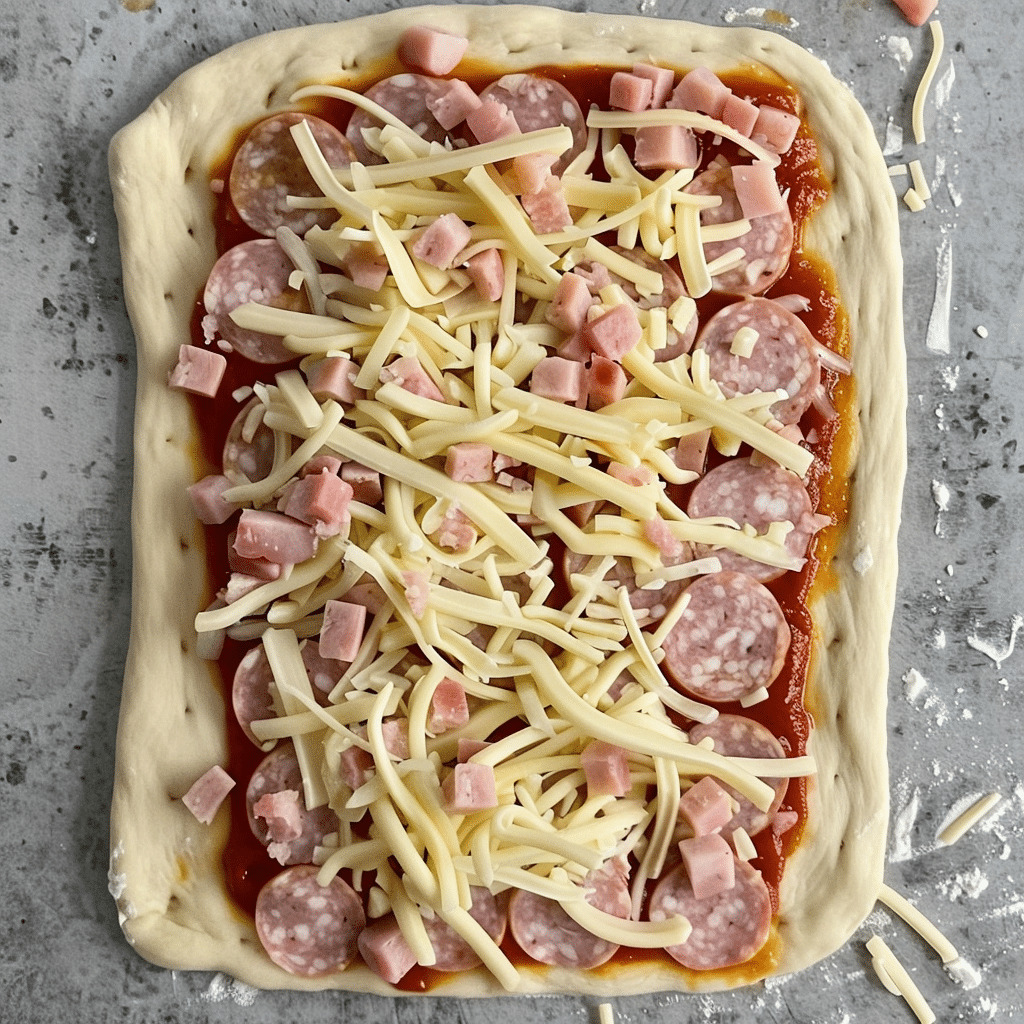
- Roll and portion
Starting from the long side without the border, roll the dough tightly into a log to prevent large air gaps. Use a sharp knife or bread knife to cut into 12 equal pieces, which will bake at the same rate. - Place each piece in a greased muffin tin for consistent shape and rise.
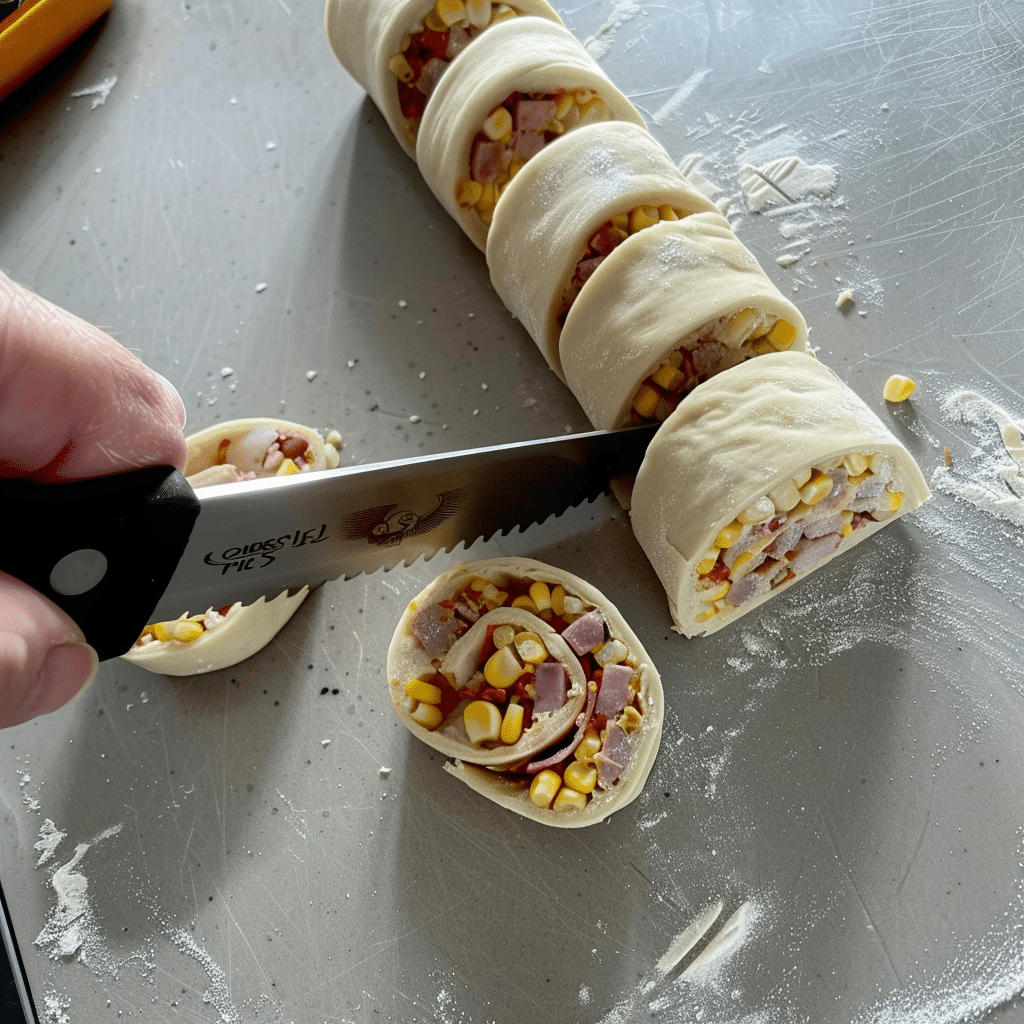
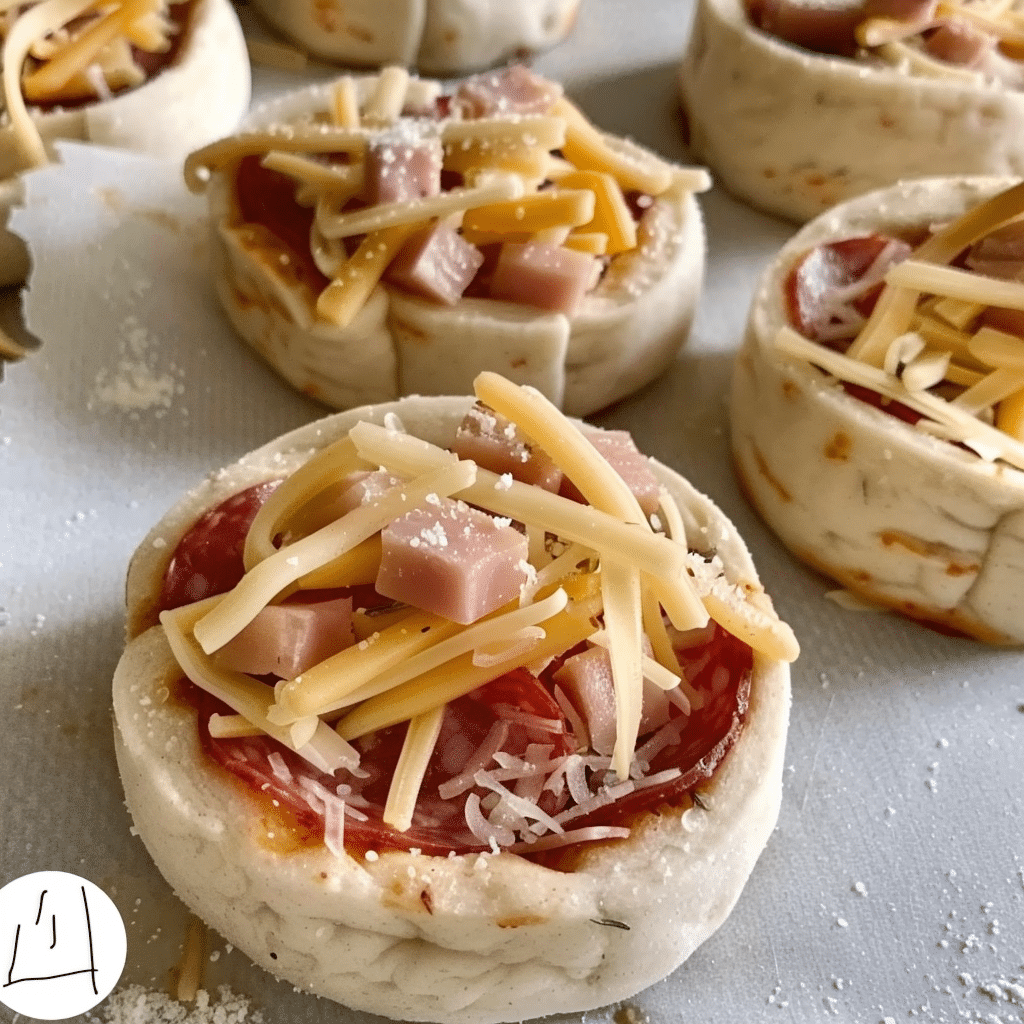
- Bake
For a preheated oven, bake uncovered for 30 to 35 minutes until golden brown and fully cooked inside. For a cold oven, place the filled muffin tin inside, set the temperature as above, and bake for 40 to 45 minutes. This time difference accounts for the oven’s heat-up period.
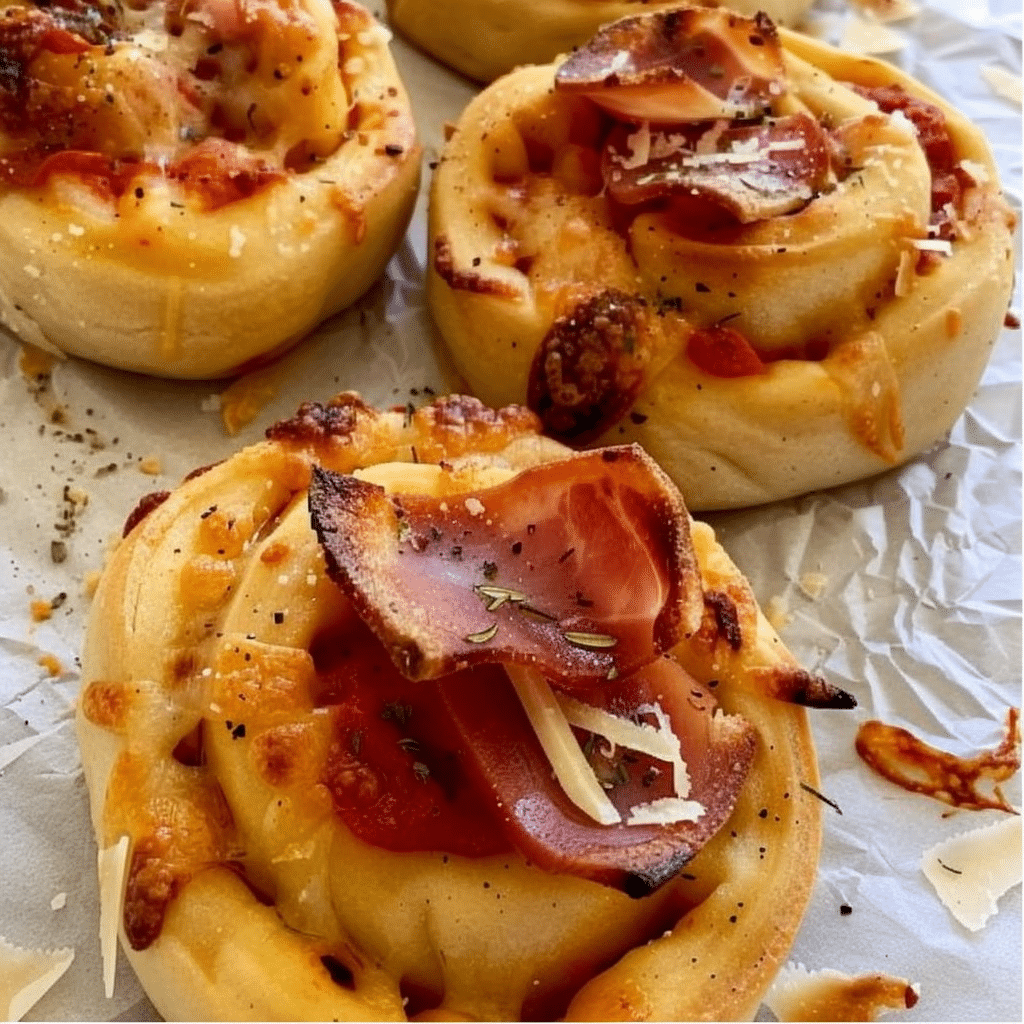
- Cool before serving
Remove the rolls from the oven and transfer them to a wire rack. Allowing them to cool slightly prevents burns and lets the cheese set, so it stays inside the roll when bitten into.
Baker’s Choice: Skillet vs. Muffin Tin vs. Sheet Pan
The way you bake your sourdough pizza rolls changes the final texture and how they are served. Use this table to decide which method works best for you.
| Baking Method | Texture Description | Ideal Use Case |
|---|---|---|
| Cast Iron Skillet | Soft center with slightly crisp edges | Perfect for a shareable appetizer |
| Muffin Tin | Uniform shape with tender crumb | Great for meal prep or kids’ portions |
| Baking Sheet | Crispy crust on all sides | Best for a classic roll feel |
Troubleshooting Common Pizza Roll Problems
Q: Why did my filling leak out?
A: This usually happens when the rolls are overfilled or the seams are not sealed tightly. Pinch the dough edges firmly before baking.
Q: Why are my rolls soggy on the bottom?
A: Too much sauce can create excess moisture. Use a thin, even layer of sauce to avoid this problem.
Q: My dough feels too sticky or too dry, what should I do?
A: If the dough is sticky, sprinkle in a small amount of flour while mixing. If it feels dry, add a teaspoon of water at a time until the texture is smooth and pliable.
Storage, Freezing, and Reheating Instructions
- Room Temperature: Keep in an airtight container for up to 12 hours for best freshness.
- Refrigeration: Keep refrigerated in an airtight container for a maximum of 2 days.
- Freezing: Place cooled rolls on a baking tray until firm, then transfer to a freezer-safe bag.
- Reheating: Warm in an oven at 300°F for 8 to 10 minutes or microwave in short intervals until heated through.
Helpful Notes
- Lightly oil your work surface instead of using flour to make rolling easier and to avoid adding extra dryness to the dough.
- For a richer flavor, brush the baked rolls with melted garlic butter right after they come out of the oven.
- If you like a spicy kick, sprinkle red pepper flakes over the filling before rolling the dough.
- You can swap pepperoni for cooked sausage, diced Chicken Ham, or a mix of vegetables for a different flavor profile.
- Let the rolls cool for at least 5 minutes before serving to keep the cheese from spilling out.
Conclusion
Sourdough pizza rolls combine the tangy flavor of fermented dough with the comfort of cheesy, saucy pizza in every bite. This recipe guides you from start to finish, making it simple to achieve bakery quality rolls at home. With the included shaping tips, baking method comparisons, and answers to common problems, you can enjoy perfect results every time. Whether you serve them for family dinners, parties, or quick snacks, they are sure to disappear fast.
If you make these sourdough pizza rolls, please leave a star rating and comment below. Share your creations on Pinterest or Facebook so others can try them too. What filling combinations did you experiment with? Let us know in the comments.
Frequently Asked Questions
How long can you let sourdough pizza dough rise for rolls?
You can let it rise overnight for 8 to 10 hours at a cool room temperature. If your kitchen is warmer, check the dough earlier to avoid overproofing.
How do you know when sourdough pizza rolls are ready to bake?
The dough should look puffy and spring back slowly when pressed with a fingertip.
Can I make sourdough pizza rolls ahead of time and refrigerate them?
Yes, you can shape the rolls, place them in the baking pan, cover, and refrigerate for up to 24 hours before baking.
How do you keep the filling from leaking out of pizza rolls?
Avoid overfilling and make sure the seam is pinched tightly before baking.
What is the difference between using sourdough discard and active starter for pizza rolls?
Active starter will give you more rise and a lighter texture. Discard works well but may produce a denser roll.
How do you freeze and reheat sourdough pizza rolls?
Freeze baked rolls on a tray until solid, then store in a freezer-safe bag. Reheat in the oven at 300°F for 8 to 10 minutes or microwave briefly until warm.
Get ready to bake the softest, cheesiest sourdough pizza rolls that will have everyone asking for seconds!
- Gluten-Free Sourdough Pizza Crust
- Sourdough Detroit Style Pizza
- Sourdough Discard Pizza Dough
- Sourdough Focaccia Pizza
- Same Day Sourdough Pizza Crust
Want a classic pizza instead of rolls? My No Yeast Sourdough Discard Pizza Dough is simple and quick to make.
For more recipes follow me on : pinterest and medium
Warning: This article is provided for strictly informative purposes and cannot be replaced in any case as a medical professional, a diagnosis or a treatment.
For all health questions, you should consult a qualified health professional.


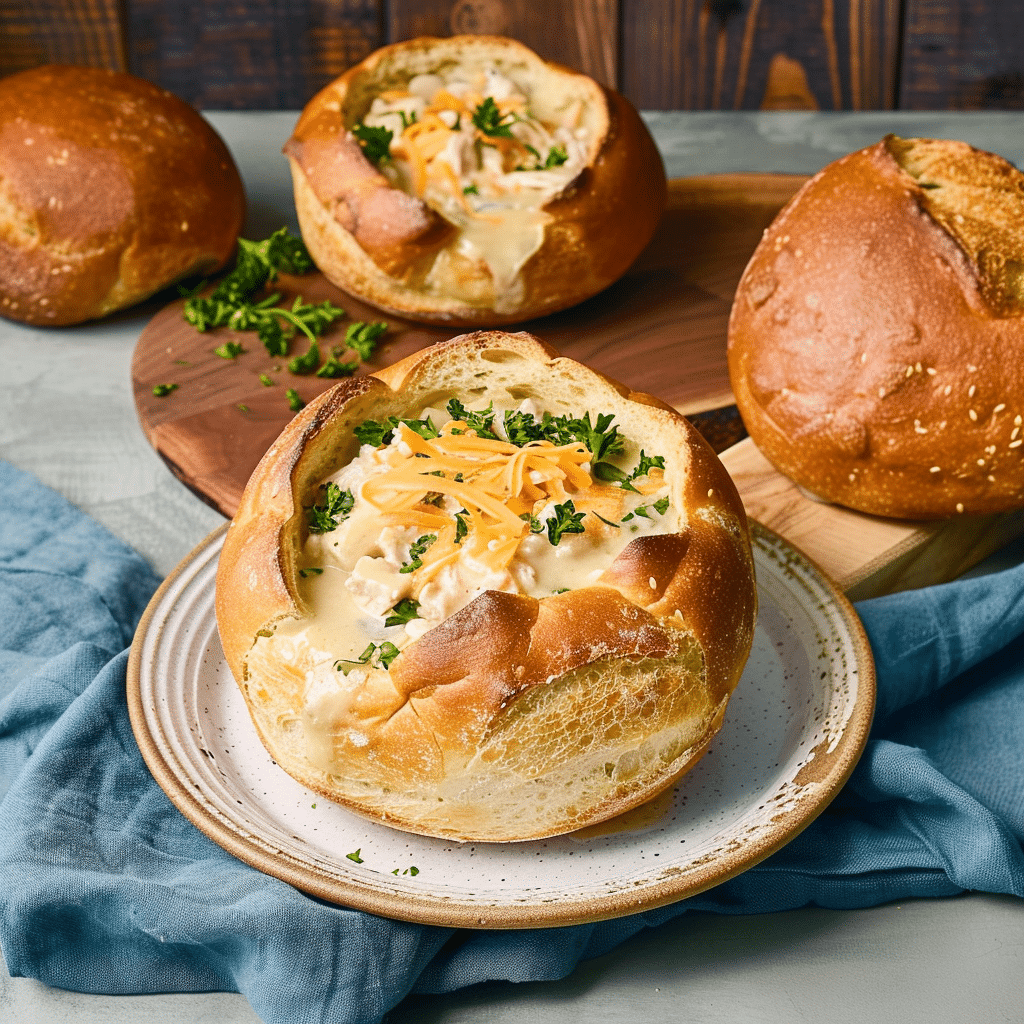
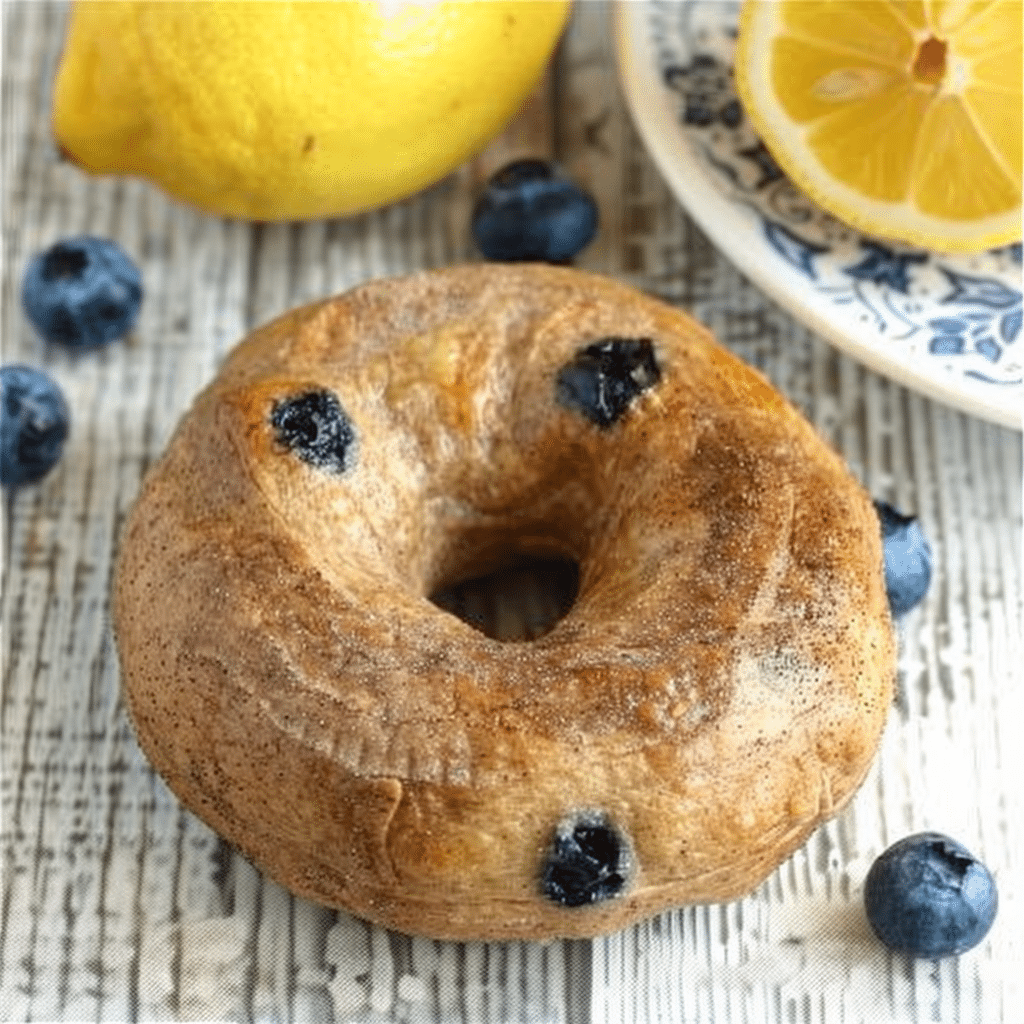

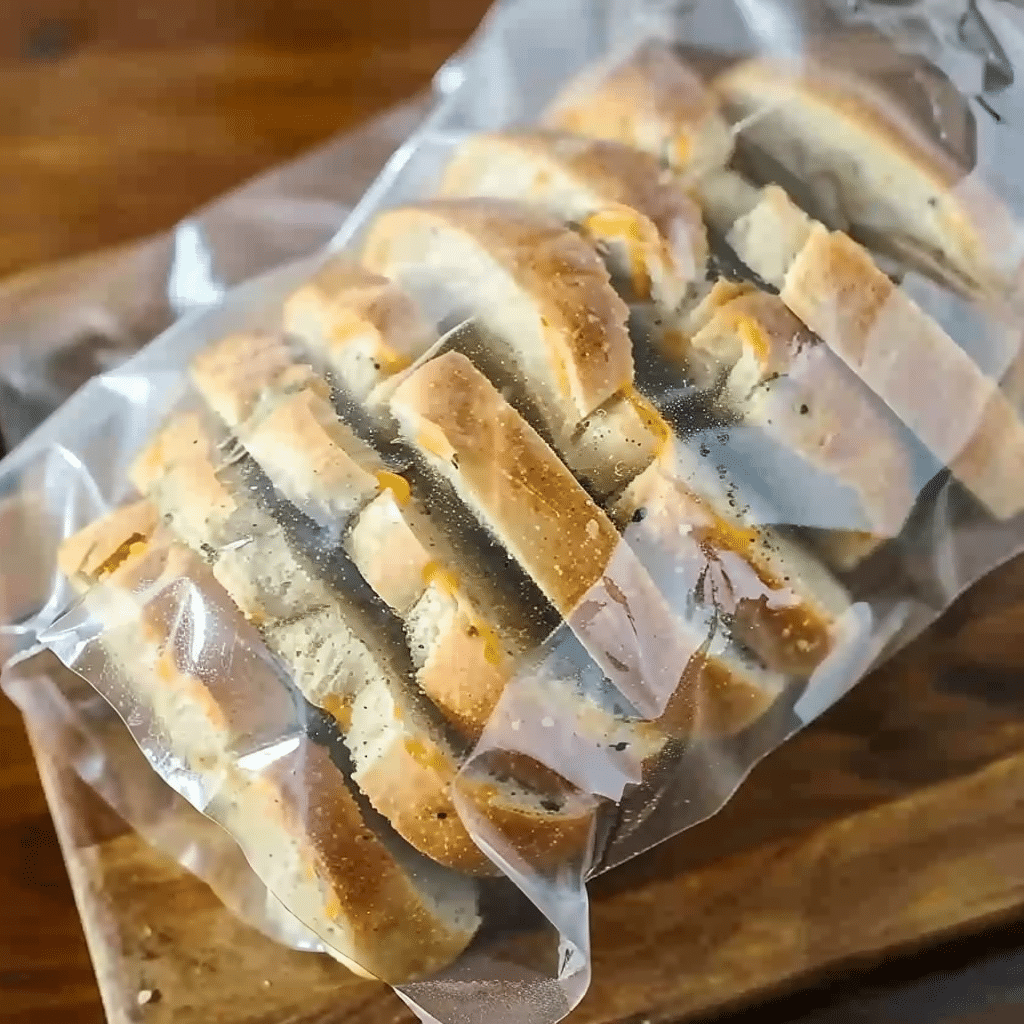
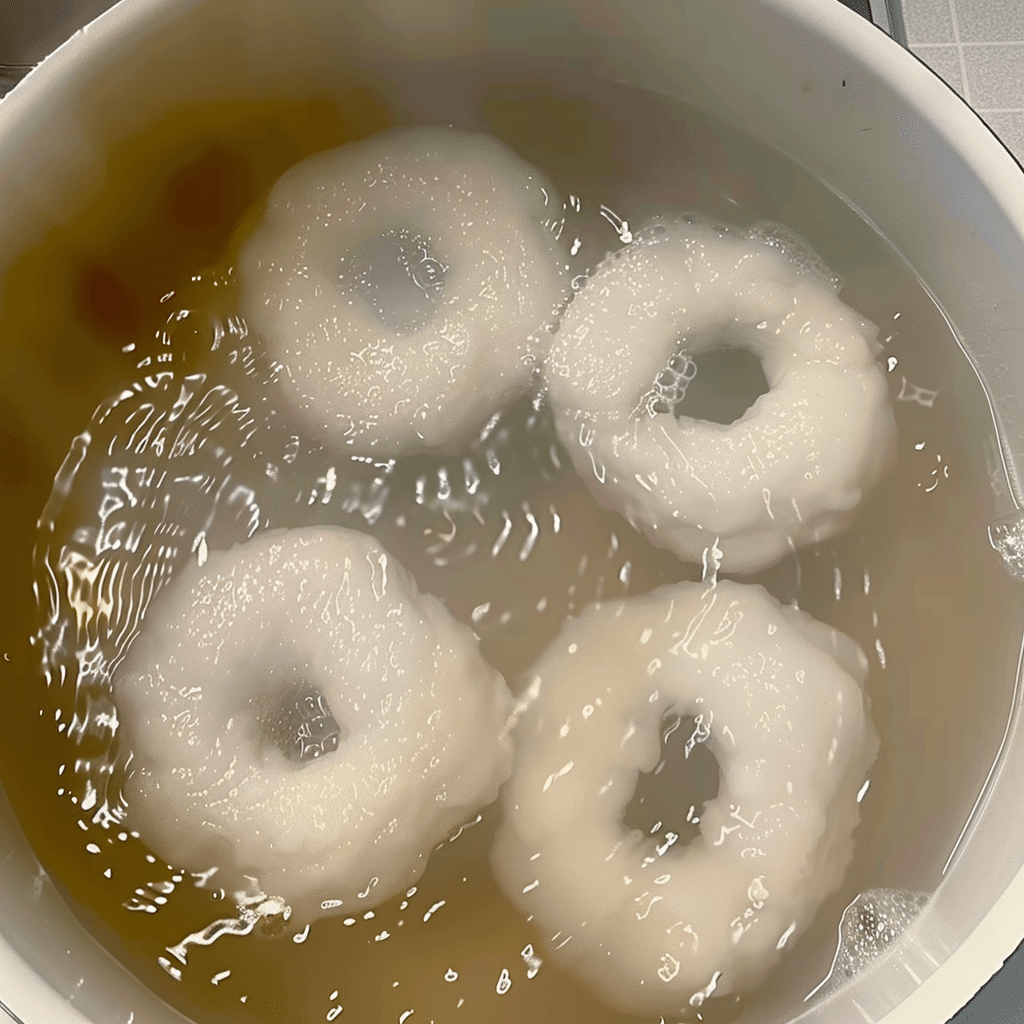


1 thought on “How to Make Sourdough Pizza Rolls | Step by Step Guide”